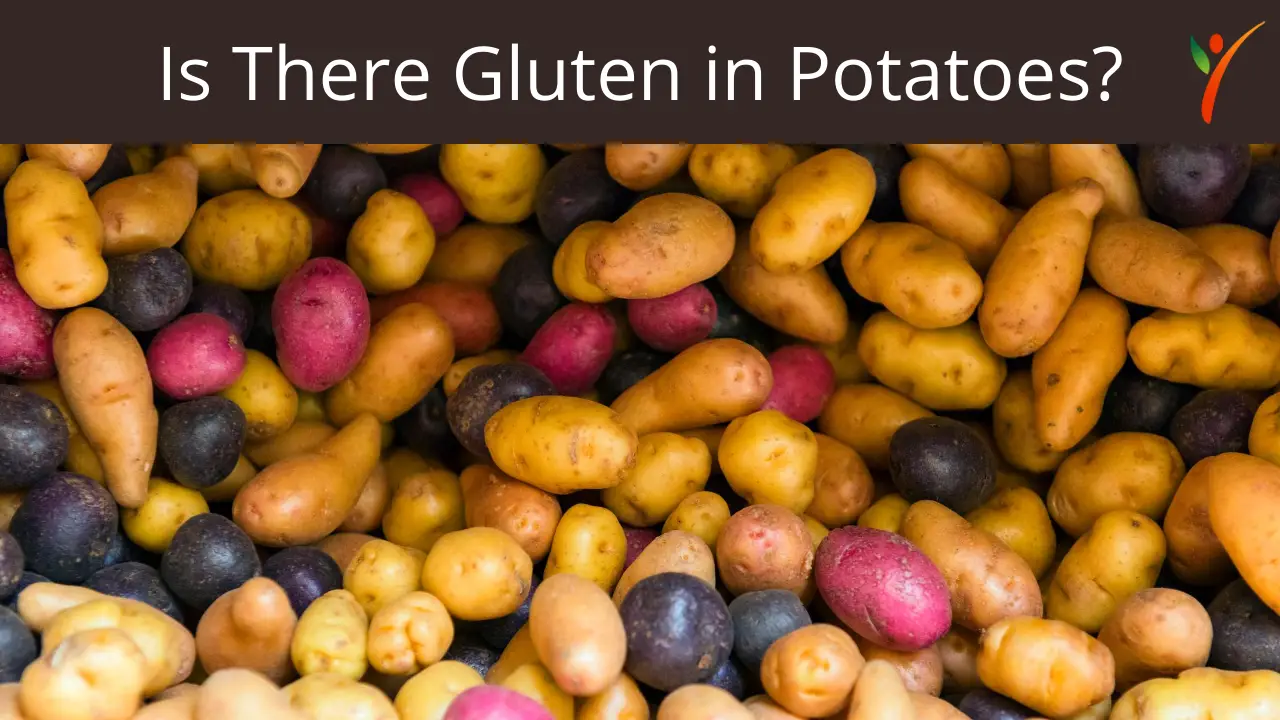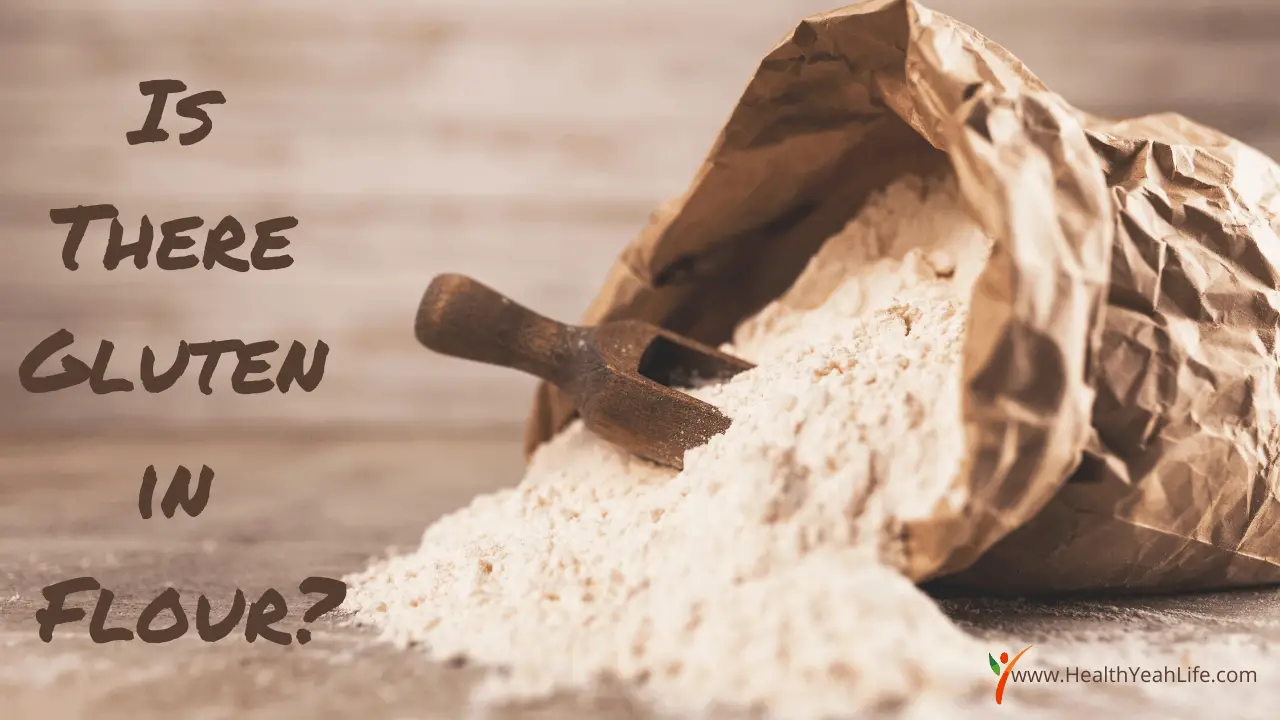Nothing beats enjoying a well-deserved weekend after a hectic week than a pizza by your side. Pizza has been a comfort food for many, for all the right reasons as well. The delicious toppings loaded on classic pizza dough is bound to make you forget all your worries. However, on a gluten-free diet, you might have concerns about whether pizza contains gluten you should be staying away from. Here's a guide on how to fulfill your pizza-cravings without worrying about the gluten-content.
What is Pizza?
Pizza, as we know it today, is a dish categorized in the savory department. Pizza is made from a combination of flattened dough topped with various ingredients depending on your preference. The toppings can include cheese if you're a cheese-lover, a veggies mix for a vegetarian spin, or even loaded with various meats. After adding your toppings, the pizza is then baked in an oven at a high temperature. Once the crust turns golden with the toppings fully cooked and the perfect melted cheese pull, your pizza is ready.
But have you ever wondered about the origin of this famous comfort food? The invention of pizza is dated back to the 18-19th century from Naples, Italy. However, pizza at that time came in the form of a flatbread dish. From there on forth, pizza gradually became famous with tourists coming to Italy to eat this delicacy. Italian emigrants also took the flavors and recipe of this delicacy to countries across the globe. Consequently, resulting in a few more experiments and leading to modern pizza with a unique cultural touch in each country.
Pizza and Gluten- Do They Go Together?
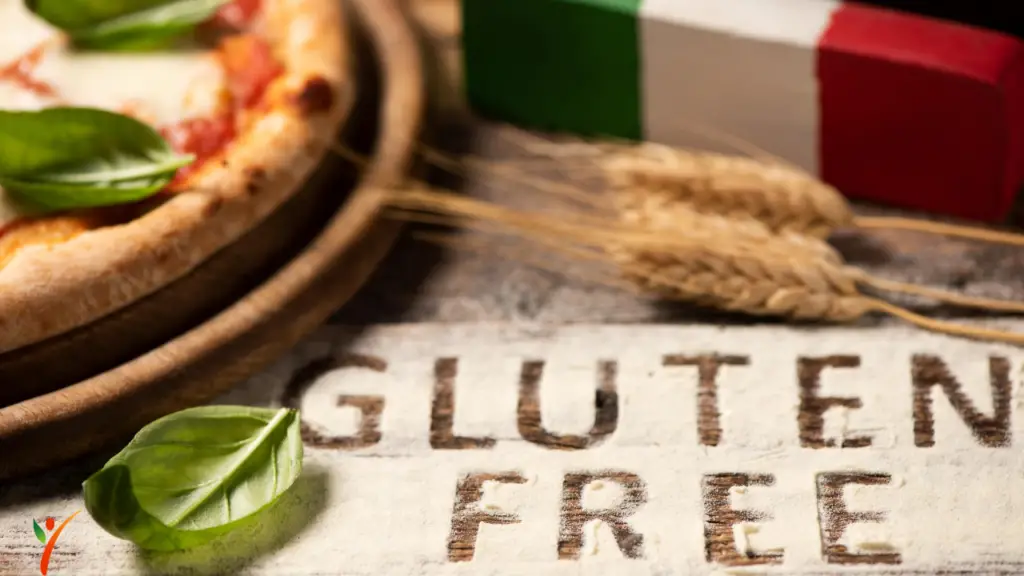
Traditional pizza does contain gluten and a lot of it! It's crucial for those who have celiac disease and gluten sensitivities to know the gluten-content in pizza. Additionally, this information is also integral for anyone following a gluten-free diet for a healthy lifestyle. Although, don’t start to fret you can substitute gluten-containing ingredients in pizza with alternatives to make gluten-free pizza. The following are the pizza elements that contain gluten alongside their options.
Pizza Dough:
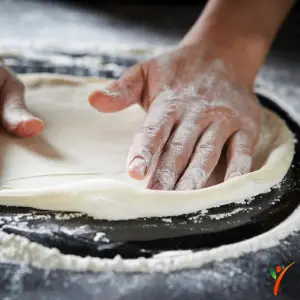
Traditional pizza dough combines flour, water, oil, yeast, and sugar. The flour in traditional pizza is wheat or whole-wheat flour that contains gluten. Some pizza joints also add wheat starch to the crust, again adding to the pizza's gluten-levels. The main component in pizza dough, i.e., flour, is a significant contributor to triggering celiac and gluten sensitivities symptoms.
Alternatives:
To avoid wheat flour that contributes to gluten in your pizza dough, you’ll need to work with other options. One of the most popular alternatives for gluten-free pizza includes using gluten-free such as rice flour, quinoa flour, and almond flour. Potato starch is also a trending option to substitute wheat flour for a gluten-free pizza. Moreover, you can also use a combination of gluten-free flours to get the perfect dough instead of using just one. Another option is to use ingredients such as cauliflower and zucchini to get the perfect crispy pizza crust.
Pizza Sauce:
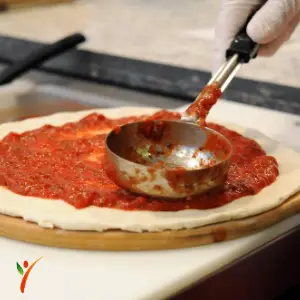
If you're someone who goes for packaged pizza sauces, they might contain gluten. Pizza sauce itself is one of the elements you'll need to look at for its gluten levels. Pizza sauce, or marinara sauce, in other words, is a sauce made from tomatoes. However, during the processing stage, manufacturers might add food starch, additives, and even malt flavoring, containing gluten.
Alternatives:
For starters, tomatoes don’t contain gluten, only packaged sauces do. Hence, you can go with two options; making the pizza sauce yourself, or buying a gluten-free pizza sauce. Homemade pizza sauce isn’t as hard as it sounds, and there are tons of recipes for a flavorful gluten-free sauce. However, if you don’t want to go through the trouble, you can find gluten-free pizza sauce. Manufacturers such as Cento, Classico, Del Monte, Ragu, and numerous others make gluten-free tomato and marinara sauces.
Cheese:

Pizza is never complete without the cheese pull of a piping hot pizza slice. A variety of different cheese can be used in pizza, such as Mozzarella, Cheddar, Gorgonzola, etc. depending on your taste. Generally, cheese is gluten-free since it’s made mainly from curdling milk. However, processed cheese manufactured in factories might become victim to gluten-containing ingredients as additives or cross-contamination. For this reason, numerous types of cheese on store shelves are at an increased risk of containing gluten. Therefore, processed cheese used in traditional pizza might add to the gluten levels of the dish.
Alternatives:
All you’ve to do to ensure you’re not risking gluten-containing cheese is to get gluten-free cheese instead. Once again, you can make homemade cheese to avoid the risk of any gluten. You can simultaneously start reading labels to look out for gluten in cheese or even go for certified gluten-free brands.
Gluten-Free Pizza From Pizza Joints
Finding gluten-free pizza from prominent pizza places was a challenging process back in the day. Today, pizza places have gradually shifted to embracing the gluten-free lifestyle as well. Many significant restaurants have added gluten-free pizza to their menu, making adapting to the gluten-free life much more comfortable. Relatively, several have even come up as exclusive gluten-free joints with the entire menu safe for a gluten-free diet. Remember that cross-contamination, especially with prominent pizza joints, is still possible in their gluten-free menu. Here are a few pizza joints you’d want to try out on a gluten-free diet:
Gluten-Free Pizza at Domino's:
Domino’s Pizza has made a name for itself in the world of pizza joints, from the US to worldwide. Domino’s ensures its pizza dough is gluten-free by making it a gluten-free environment. Meanwhile, the pizzas are tossed in cornmeal as well instead of the traditional wheat flour. However, Domino’s does state that the pizzas are made in the same kitchen with gluten-containing ingredients.
Gluten-Free Pizza at Papa John's:
Taking the position as the fourth-largest pizza chain in the US, Papa John's is extremely popular. They've also included a gluten-free option with the dough made from sorghum, teff, amaranth, and quinoa flour. Moreover, the dough is prepared in a gluten-free facility and then shipped to Papa John’s kitchens. Although, not every Papa John’s branch has the gluten-free option which is why you’ll need to call ahead to inquire.
Gluten-Free Pizza at Pizza Hut:
Pizza Hut ensures it goes the extra mile to accommodate customers following a gluten-free diet. For one, Pizza Hut has made its gluten-free pizza Udi's certified gluten-free regulations with production in gluten-free facilities only. Additionally, this pizza joint also keeps its gluten-free components in a separate storage facility to reduce cross-contamination risk. The classic cheese-only and pepperoni-and-cheese flavor is entirely gluten-free, with the toppings kept separately in a safe environment. However, additional toppings may increase cross-contamination risk since they're kept in a regular storage facility with other gluten-containing ingredients.
Recipe for Gluten-Free Pizza

Pizza joints have their place, but nothing compares to a homemade pizza fresh out of the oven. Don’t worry about additional steps in making a gluten-free pizza, because there are none. It will take an hour out of your day to make this delicious meal. Here’s what you need:
Pizza Dough Ingredients
- 1 Tbsp dry active yeast
- 1 1/4 cup warm water
- 2-3 Tbsp sugar
- 3 cups gluten-free flour blend
- 1 tsp salt
- 1/2 tsp baking powder
- 1 Tbsp olive oil
Instructions
- Preheat oven to 350°
- In a bowl, mix yeast and 3/4 cup warm water- at approximately 110°. Let the mixture sit for 5 minutes so that the yeast is activated. Add 1 Tbsp sugar after a few minutes.
- In another bowl, add gluten-free flour blend, salt, baking powder, and 1-2 Tbsp sugar. Whisk to let the mixture combine.
- Add the yeast mixture to the dry mix. Add in olive oil and 1/2 cup warm water. Stir this together with a wooden spoon until the mixture is combined.
- Spread the dough on a pizza pan. Use your hands to gently flatten it and sprinkle brown rice flour if the dough is too sticky. Spread the dough from the middle towards the edges to about less than 1/4th inch thickness.
- Put the pizza dough in the oven and bake it for 25-30 minutes until it begins to look dry.
- Remove the baked pizza dough from the oven and spread sauce, cheese, veggies, meat, and any preferred toppings. Put the pizza back in the oven for 20-25 minutes until the toppings are cooked, and the edge turns golden-brown.
- Take a pizza cutter or a knife, cut the slices of pizza, and serve while hot. You can even reheat the pizza later on in the oven or microwave.
Final Words
Nobody wants to leave behind their favorite comfort food on a diet, and you don't have to either. There are numerous alternate options to every gluten-containing ingredient if you look for it. Even if a dish, e.g., pizza, has more than one gluten-containing component, the possibilities don't end to make it gluten-free. So go ahead and find gluten-free ingredients and enjoy!
Live Extraordinarily!

The owner of this website, HealthYeahLife.com, is a participant in the Amazon Services LLC Associates Program, an affiliate advertising program designed to provide a means for sites to earn advertising fees by advertising and linking HealthYeahLife.com Review to Amazon properties including, but not limited to, amazon.com.


